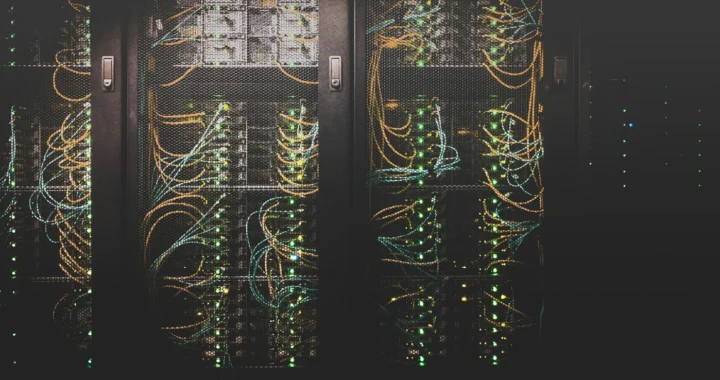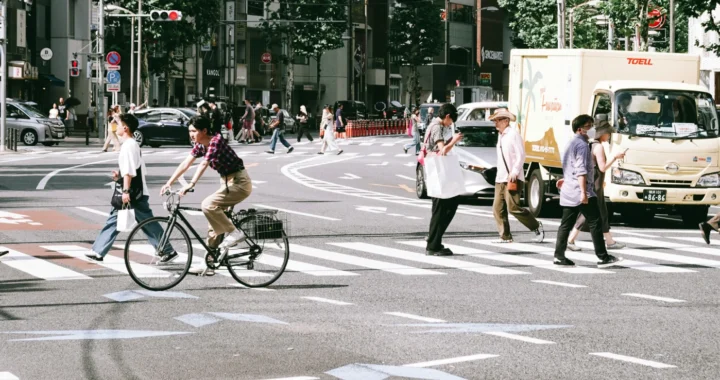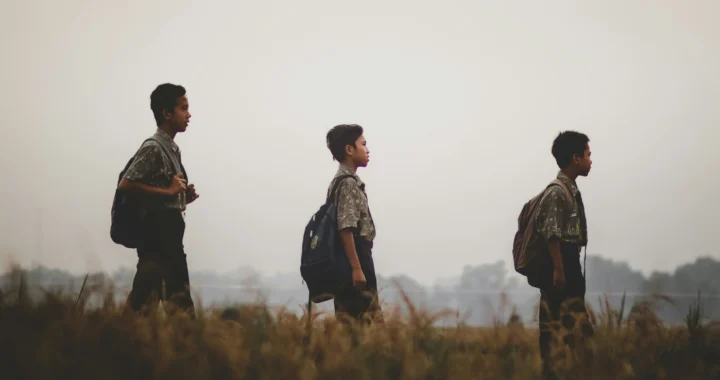Living with Less: Does TikTok’s Underconsumption Core promote sustainable living?

Photo by Freepik.
The internet has now become a lifestyle staple in the daily life of many. So, it is no surprise that the content people see online platforms and social media influence their life choices to a degree. For instance, TikTok has long been pushing the trend for many viral aesthetics, dubbed “-cores”. Among them, there is a movement called the “underconsumption core” that encourages people to live with less. Does it promote sustainable living?
Understanding Underconsumption Core
The underconsumption core is a growing TikTok trend that encourages living with less and resisting the pressures of excessive consumerism. Instead of chasing the latest items, the trend’s ethos is to buy only what is necessary, repurpose things, and use them to the fullest before replacing them.
By mid-2024, the trend had inspired more than 44.9 million posts, with creators showcasing minimalist habits, for example squeezing out every last drop of skincare, wearing the same sneakers for years, and upcycling everyday objects like glass jars for new uses.
While it may seem like another version of deinfluencing, underconsumption core carries a different message. Deinfluencing, which gained popularity in late 2023, is a trend involving influencers discouraging certain purchases and often followed by alternative recommendations. In contrast, underconsumption rejects the need to buy altogether. Instead of saying, “buy this instead,” the trend says, “you don’t need it at all.”
An Environmental Crisis and Economic Pressure Response
The rise of underconsumption core directly challenges the overconsumption culture, which has led to environmental damage from resource draining and waste accumulation.
According to the Global Footprint Network, humanity currently uses resources at a rate 1.7 times faster than the Earth can regenerate, meaning humans need nearly two Earths to sustain the current consumption levels. Meanwhile, waste generation is another concern. The fashion industry alone contributes significantly to this crisis, with up to 39,000 tons of discarded clothing dumped annually in Chile’s Atacama Desert. As awareness and anxiety about climate change rise among the general public, the want to change is a good first step.
Economic pressures also play a key role in fueling the underconsumption trend, particularly among Gen Z and millennials. For instance, in Singapore, over 90% of citizens report feeling the impact of rising living costs, with many coping by adhering to fixed budgets and postponing non-essential purchases until prices become more affordable.
As a result, awareness of underconsumption is growing, especially among younger generations. A report by ThredUp found that 65% of Gen Z consumers want to shop more sustainably, reflecting a growing rejection of fast fashion and overconsumption culture.
Toward More Sustainable Lifestyles
While it is still early to measure long-term impacts, the underconsumption core signals a meaningful cultural shift toward more sustainable living. Many TikTok users are adopting small yet impactful habits, such as reducing impulse buys and choosing secondhand over fast fashion. These shifts may seem minor on an individual level, but collectively, they reflect a growing movement toward sustainability and intentional living. According to the Ellen MacArthur Foundation, extending the life of clothing by just nine months can cut carbon, water, and waste footprints by approximately 20-30% per each item, proving that mindful choices truly make a difference.
Additionally, the underconsumption core signifies a promising shift to reform consumer mindsets toward more pro-ecological choices that can lead to better wellbeing. It may lead the way to promoting sustainable lifestyle in an approachable, easy-to-follow way. However, it is important to remember that the weight of climate change does not rest on the common individual’s shoulders alone. If the trend manages to last into a sustainable lifestyle adopted by enough people in the world, the market it shapes may force businesses to transform, too, moving away from exploitation and overproducing to sustainable practices, products, and services. Ultimately, world governments, major corporations, and the wealthy bear the biggest responsibility in halting the climate crisis, and they hold the power to make bold, lasting changes that benefit people and the planet.

Join Green Network Asia Membership
If you find this content valuable, support Green Network Asia’s movement to create positive impact for people and the planet through public education and multi-stakeholder advocacy on sustainability-related issues and sustainable development. Get exclusive benefits for personal and professional development as well as for organizational capacity development.
Become a Member Now

 Understanding the Dark Side of Artificial Intelligence
Understanding the Dark Side of Artificial Intelligence  Attempting Data Center Circularity Through Waste Heat Recovery
Attempting Data Center Circularity Through Waste Heat Recovery  Indigenous Knowledge and Art as Integral Instruments for Disaster Risk Reduction
Indigenous Knowledge and Art as Integral Instruments for Disaster Risk Reduction  Strengthening Societal Resilience in the Age of Disruptions
Strengthening Societal Resilience in the Age of Disruptions  Building Strategic Approach to Support Urban Health for All
Building Strategic Approach to Support Urban Health for All  Understanding and Addressing Multiple Dimensions of Child Deprivation
Understanding and Addressing Multiple Dimensions of Child Deprivation